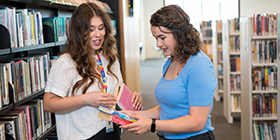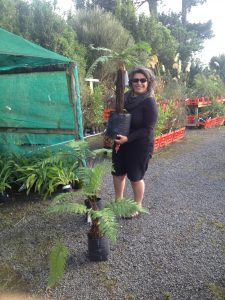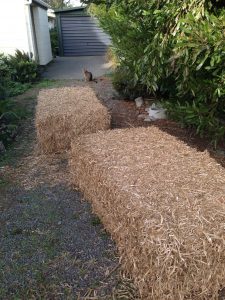Nau mai e ngā hua o te wao
o te ngakina
o te wai tai
o te wai Māori
Nā Tāne
Nā Rongo
Nā Tangaroa
Nā Maru
Ko Ranginui e tū iho nei
Ko Papatūānuku e takoto nei
Tūturu whakamaua kia tina
Tina, haumi ē, hui ē, tāiki ē!
Welcome the gifts of food,
from the sacred forests,
from the cultivated gardens,
from the sea,
from the fresh waters.
The food of Tāne,
of Rongo,
of Tangaroa,
of Maru.
I acknowledge Ranginui above me,
Papatūānuku who lies beneath.
Let this be my commitment to them all!
Growing up in the 60s the tamariki in my whānau worked alongside our mum and dad. Together we worked on our market gardens in Tāmaki Makaurau. West Auckland. Every day, rain, hail or shine the whole whānau would be out there, doing our bit. Mahi Māra. Working in the garden.
Dad would rise at 4am and start his mahi for the day. We'd watch him spray with water the packed produce in their wooden apple boxes. Then he'd lift the load onto the small wooden deck of our taraka. A tiny Morris Minor 1000. After parakuihi - breakfast, we'd scramble aboard, each choosing an apple box to ride within. Dad would light his ciggie and settle in behind the drivers’ wheel. While the rest of the world was still sleeping we'd fly through the streets on our trusty wooden steeds towards the tense and bustling world of the early morning markets. Turner's and Growers. Downtown Auckland.
I can still hear the screech of the karoro and tarāpunga as they greeted the fishing boats. Just like me, the gulls delighted in the early morning commotion. He kanohi kitea te karawhiu. To see their little faces every morning was the norm.
After the morning's auctions we would return home to get ready for school, perhaps with a box of apples, bananas or oranges, sometimes even a crate of watermelon. All kai was shared with our whānau whānui, our extended whānau. The māra was our life, we lived according to the seasons and according to how well our produce sold.
 Dad, being an immigrant from Naples, Italy, grew exotic huawhenua. Vegetables such as Capsicum, Spinach, Aubergine, Italian Parsley, Radish, Globe Artichoke, Acid Free Italian tomatoes, Basil, Garlic. He even harvested the marrows before they grew to their full size. Unheard of in those days, we now have a name for immature marrows. Courgettes. Occasionally, for lunch, dad would snap a few flowers off the marrow plant, heat some olive oil in our dinged up fry pan and after sautéing garlic he would add the beautiful yellow flowers for 2-3 minutes. Add a sprinkle of salt. Courgette Napolitano style! Kai tino pai!
Dad, being an immigrant from Naples, Italy, grew exotic huawhenua. Vegetables such as Capsicum, Spinach, Aubergine, Italian Parsley, Radish, Globe Artichoke, Acid Free Italian tomatoes, Basil, Garlic. He even harvested the marrows before they grew to their full size. Unheard of in those days, we now have a name for immature marrows. Courgettes. Occasionally, for lunch, dad would snap a few flowers off the marrow plant, heat some olive oil in our dinged up fry pan and after sautéing garlic he would add the beautiful yellow flowers for 2-3 minutes. Add a sprinkle of salt. Courgette Napolitano style! Kai tino pai!
Mum, on the other hand, introduced us to kaimoana. We never went hungry with the bountiful Waitematā Harbour on our back doorstep. In the weekends or after school, up onto the tray of our taraka, along with e toru ngā kuri, our three dogs Sookie, Andy and Prince, us kids would jump and off to the beach we’d head. No problem if we forgot our kete. Plenty of harakeke growing on the side of the road. If need be, we’d pull over beside a flax bush and mum would whip up a kete to carry our kaimoana. Pipi, Toheroa , Kina, Kūtai, Pūpū,Tio repe. Sometimes we'd take a line and catch a tāmure or two. In those days the sea was clean and kaimoana was abundant. On the way home we’d stop again for a dose of Kawakawa. No one escaped chewing and swallowing the bitter green medicinal leaf.
These memories, although more than fifty years old, are part of the essence that informs my love of gardening today. Ia rā, ia rā, everyday I garden with my cat Buddy. My love of the sea and all that resides within it is tino hōhonu. Deep and profound.
For those of you who love gardening as well, check out our seed swap
Try browsing these lists of my favourite Mahi Māra and Rongoā Māori pukapuka!
Janna Russo,
Network Library Assistant






Add a comment to: Mai rānō – Way back when…